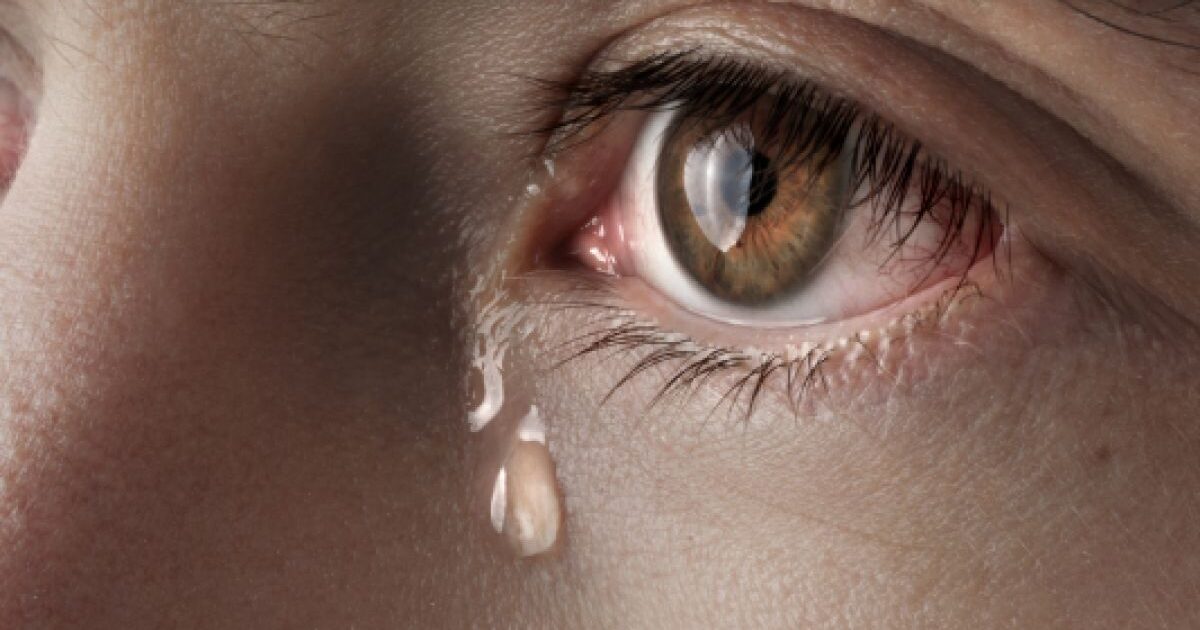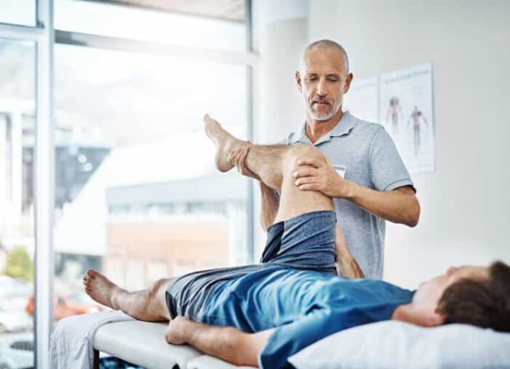Our eyes are one of our most delicate and vital features, yet they’re often taken for granted until problems arise. From droopy eyelids to blocked tear ducts, common eye conditions can affect not just vision but also appearance and overall quality of life. These issues, while frustrating, are more common than many realize.
Oculofacial surgery offers targeted solutions to address both functional and aesthetic concerns. By combining expertise in ophthalmology and facial surgery, specialists can restore comfort, improve vision, and enhance confidence. For those dealing with persistent eye-related challenges, this advanced approach can be life-changing.
Understanding Droopy Eyelids: Causes and Treatments
Droopy eyelids, medically known as ptosis, occur when the upper eyelid droops over the eye. This issue can obstruct vision and affect appearance, leading to discomfort in daily activities like reading or driving. Ptosis may appear in one or both eyes and varies in severity.
Causes of Droopy Eyelids
- Aging: The most common cause, where eyelid muscles weaken and skin loses elasticity.
- Congenital Factors: Present at birth due to underdeveloped levator muscles.
- Neurological Disorders: Conditions such as myasthenia gravis or Horner syndrome can inhibit eyelid function.
- Trauma or Surgery: Eye injuries or surgical complications may damage eyelid muscles or nerves.
Treatment Options
Oculofacial surgery is a definitive solution for addressing ptosis by repairing or tightening the eyelid muscles.
- Ptosis Repair: This procedure elevates the eyelid to restore normal positioning, significantly improving the field of vision and aesthetics.
- Blepharoplasty: Often combined with ptosis repair, it removes excess skin and fat for enhanced appearance and comfort.
- Non-Surgical Alternatives: Temporary treatments like eyelid crutches or corrective glasses may help in mild cases but are less effective for long-term correction.
Oculofacial surgeons, such as those at Amjad Z. Ahmad, M.D., specialize in these procedures to treat droopy eyelids with precision and care. Effective treatment restores functionality and improves the quality of life for patients managing this condition.
Tear Duct Issues and How Surgery Helps
Tear duct issues, such as blockages or infections, interfere with proper tear drainage and may cause symptoms like excessive tearing, redness, and swelling. Conditions like nasolacrimal duct obstruction (NLDO) are common in both adults and children, often resulting in persistent discomfort and an increased risk of eye infections.
Surgical solutions effectively address tear duct problems when conservative treatments, like warm compresses or antibiotics, fail. Oculofacial surgeons use advanced procedures tailored to the severity and underlying cause. For blocked tear ducts, dacryocystorhinostomy (DCR) is a common surgery that creates a new drainage pathway by bypassing the obstruction. Minimally invasive techniques, like endoscopic DCR, further enhance outcomes with reduced recovery times.
Patients experiencing tear duct issues benefit from the specialized expertise of oculofacial surgeons, including those at Amjad Z. Ahmad M.D., who use detailed evaluations to craft personalized treatment plans. Surgical intervention not only resolves tear duct dysfunction but also improves eye health, comfort, and quality of life, addressing both functional and aesthetic concerns.
Addressing Eyelid Malpositions: Surgical Insights
Eyelid malpositions, such as entropion and ectropion, cause significant functional and cosmetic concerns. Entropion occurs when the eyelid turns inward, leading to irritation from lashes scraping the eye’s surface. Ectropion, where the eyelid turns outward, exposes the inner surface of the lid, resulting in dryness and inadequate tear distribution.
Oculofacial surgeons correct these malpositions using specialized surgical techniques. For entropion, procedures involve tightening or repositioning eyelid tissues to restore alignment and reduce irritation. In cases of ectropion, surgeons adjust ligaments and reconstruct the eyelid to improve function and protect the eye’s surface.
Advanced oculofacial surgery ensures precise results and minimizes recovery time. With proper care, patients regain eyelid stability and alleviate symptoms, improving both vision and appearance. Experts, including those at Amjad Z. Ahmad M.D., deliver targeted treatment, combining technical expertise and aesthetic considerations.
How Oculofacial Surgeons Treat Orbital Fractures
Oculofacial surgeons repair orbital fractures by addressing both functional impairments and cosmetic deformities. Orbital fractures, often caused by trauma-related incidents like falls, sports injuries, or car accidents, can lead to complications such as double vision, enophthalmos (sunken eye), or impaired eye movement. These fractures typically involve the thin bones surrounding the eye socket, necessitating careful intervention.
Advanced imaging techniques, such as CT scans, help oculofacial surgeons assess the fracture’s extent and plan the repair. Surgical treatment often involves repositioning displaced bone fragments and reinforcing the orbit using custom implants crafted from materials like titanium or porous polyethylene. These implants restore the eye socket’s structure, protect surrounding tissues, and prevent complications like chronic pain or deformities.
Oculofacial surgeons prioritize precision to minimize risks to surrounding nerves, muscles, and orbital tissues during surgery. Endoscopic techniques may be utilized for certain cases, reducing scarring and recovery time. By combining functional restoration with aesthetic considerations, surgeons ensure patients regain both optimal vision and a natural appearance. For highly personalized care in treating orbital fractures, sought-after experts like the team at Amjad Z. Ahmad M.D. specialize in delivering superior outcomes.
Restoring Functionality with Specialized Eye Procedures
Oculofacial surgeons restore vision and comfort by addressing functional impairments caused by Common Eye Conditions. They use targeted procedures to treat issues like ptosis, tear duct obstructions, and eyelid malpositions, ensuring both functional and aesthetic outcomes.
Eyelid Reconstruction
Oculofacial surgeons perform eyelid reconstruction to repair defects caused by trauma, tumors, or prior surgeries. Techniques may involve skin grafts or flaps, depending on the damage. Precision in reconstruction restores eyelid function and maintains a natural appearance.
Orbital Decompression Surgery
This surgery relieves eye-related symptoms of thyroid eye disease. By removing or reshaping orbital bones, surgeons reduce pressure on optic nerves and create more space for the eye. This improves vision and reduces eye protrusion.
Advanced Imaging Techniques
Surgeons use imaging tools like CT scans to diagnose and plan procedures accurately. These technologies allow precise execution of surgeries while minimizing risks to the eye structures.
Expert Care at Amjad Z. Ahmad M.D.
With expertise in addressing complex eye conditions, specialists like those at Amjad Z. Ahmad M.D. deliver customized surgical solutions. Their approach blends advanced techniques with personalized care to restore functionality and enhance quality of life.
Cosmetic vs. Functional Eye Surgery: Key Differences
Cosmetic and functional eye surgeries address different concerns but often overlap in their approach and outcomes. Cosmetic surgery enhances the appearance of the eyes and surrounding areas, focusing on aesthetic improvements without medical necessity. Examples include eyelid lifts (blepharoplasty) to reduce sagging eyelids or treatments to smooth wrinkles.
Functional eye surgery treats medical conditions that impair vision, comfort, or eye health. Procedures like ptosis repair correct droopy eyelids obstructing vision, while surgeries for blocked tear ducts restore proper tear drainage. Both types of surgery often involve precise techniques performed by specialists like the experts at Amjad Z. Ahmad M.D. to achieve optimal results.
While cosmetic surgeries aim to enhance appearance, functional surgeries improve or restore critical visual and structural functions. Some procedures, such as eyelid lifts, can serve both purposes when sagging eyelids block vision and affect appearance. Oculofacial surgeons combine technical expertise with an understanding of facial aesthetics to address specific patient needs related to common eye conditions.
The Recovery Process After Oculofacial Procedures
Oculofacial procedures not only address complex eye conditions but also prioritize patient comfort and recovery. With advancements in minimally invasive techniques, many treatments now offer shorter recovery times and reduced risks. Patients often experience improved functionality and enhanced appearance soon after their procedures.
Following surgery, personalized aftercare plans ensure optimal healing and long-term results. Specialists like those at Amjad Z. Ahmad M.D. guide patients through every step, from pre-surgical consultations to post-operative follow-ups. By combining technical precision with patient-focused care, oculofacial surgeons help individuals regain confidence and improve their quality of life.





